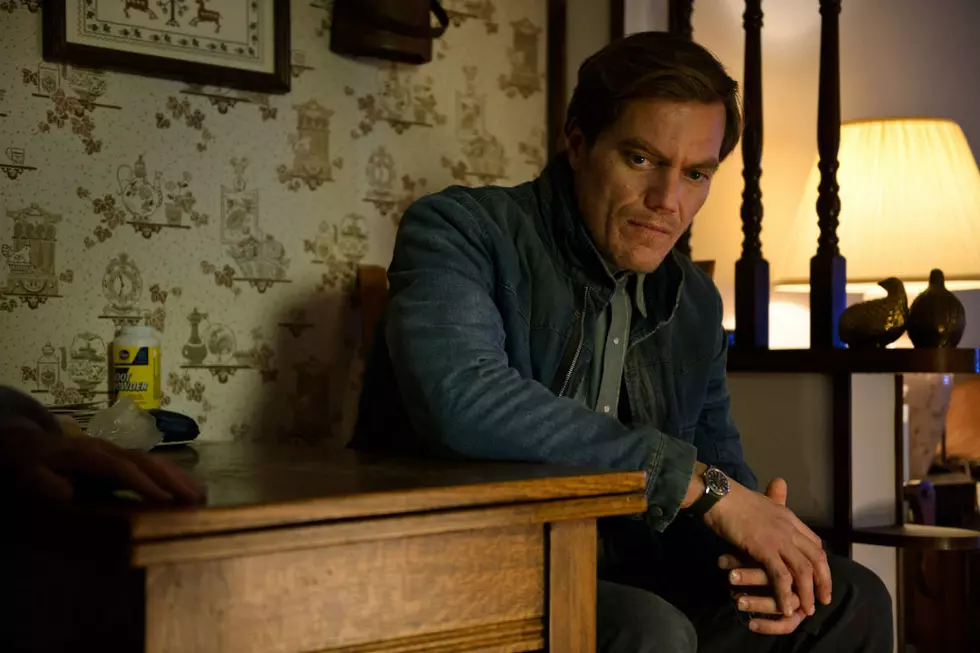
Happy Birthday Deadpool! A Tribute To Marvel’s Merc With A Mouth
On December 11th 1990, Marvel Comics published New Mutants #98 by Fabian Nicieza and Rob Liefeld, which introduced the world to a mercenary in a bright red costume, by the name of Deadpool. Over time, Deadpool would transform from the grim gun-for-hire he was introduced as, to one of the most recognizable characters in all of superhero comics, thanks to his quick mouth and his liberal disregard for the conventions of the genre.
A lot of Deadpool’s origins were unknown at the time of his introduction, but as has been established since, Deadpool is Wade Wilson, a Canadian mercenary who was subjected to --- and washed out of --- the Weapon X program. A cancer survivor, his healing factor kicked in and worked overdrive to the point that it scarred his entire body forever and sent him insane.
Deadpool showed up in numerous cameos and guest appearances in his early years, often in relation to other Liefeld creations such as Domino and Cable. He was spun off into his first starring miniseries, Deadpool: The Circle Chase, in 1993, written by Nicieza with art by Joe Madureira, which was followed by a sequel by Mark Waid and Ian Churchill, both of which established Deadpool as more of a jokester than previous New Mutants and X-Force appearances.
When Joe Kelly and Ed McGuinness got their hands on the character in 1994, they leaned into that aspect heavily. In the ongoing Deadpool title, the pair introduced much of what we know about Deadpool today, including a lot of his backstory, and the first instance of the character admitting that he knows he's in a comic. Thereafter, Deadpool would often make references to issue numbers and page turns, often leaving his allies and enemies utterly baffled.
It was Kelly’s successor, Christopher Priest, who further established the fourth-wall breaking nature of Deadpool’s character, and although he was only on the title for a short time, it stuck around. Gail Simone took over next, and helped relaunch the title as Agent X with a new lead character stepping in for Wade Wilson.
Fabian Nicieza returned to Deadpool a decade after creating him to helm the team-up book Cable & Deadpool, which saw the pair working at odds against each other as often as they worked together, and brought in new supporting characters for Wade such as HYDRA Bob, a hapless henchman of the Marvel Universe’s most villainous organisation, as a sidekick for Deadpool.
Deadpool found a new life on the internet, as panels and excerpts of his exploits were shared as memes throughout the likes of Reddit and Tumblr. Marvel capitalized on his increasing popularity with a new ongoing by Daniel Way and Paco Medina, which leaned heavily on the zany, almost Looney Tunes slapstick aspects of Deadpool. This incarnation was very popular and lasted over sixty issues, although its portrayal of Wade wasn’t loved by many longtime fans.
Around this time, Marvel double-and-tripled down on Deadpool, launching titles like Deadpool: Merc With A Mouth, Deadpool Team-Up, Deadpool MAX and the Deadpool Killogy. The character also joined Rick Remender and Esad Ribic’s Uncanny X-Force, which brought back a lot of the nuance and hidden sadness that had been missing from the character in the 2000s.
In 2012, Marvel relaunched Deadpool under Gerry Duggan and Brian Posehn, with art initially by Tony Moore, and later by artists including Mike Hawthorne, Declan Shalvey and Scott Koblish. This new run, with Duggan taking the lead and eventually going solo as writer, lasted a number of volumes and miniseries, and told a complex story about Deadpool finding his place in the Marvel Universe and making a family for himself with a new wife, new friends, and a long lost daughter.
After years of trying to get a film off the ground --- and a better-left-unspoken appearance in Wolverine: Origins --- Ryan Reynolds starred as Deadpool in 2016’s eponymous film, which managed to not only capture the comedy and zaniness of the character, but the heart and sadness too. Deadpool was praised as a paragon of what superhero films could do outside of the constraints of the PG-13 rating, and was a significant financial success for the studio, which had repeatedly slashed the feature’s budget.
Since his inception, Deadpool has undergone a number of transformations and evolutions as he cemented himself as a pop culture icon, but the heart of the character has remained the same. Sometimes sad, sometimes lonely, but always funny and unpredictable. There's a lot to relate to in the Merc With A Mouth, and it's no surprise that he's become one of the most popular creations of the modern age.
More From ComicsAlliance









